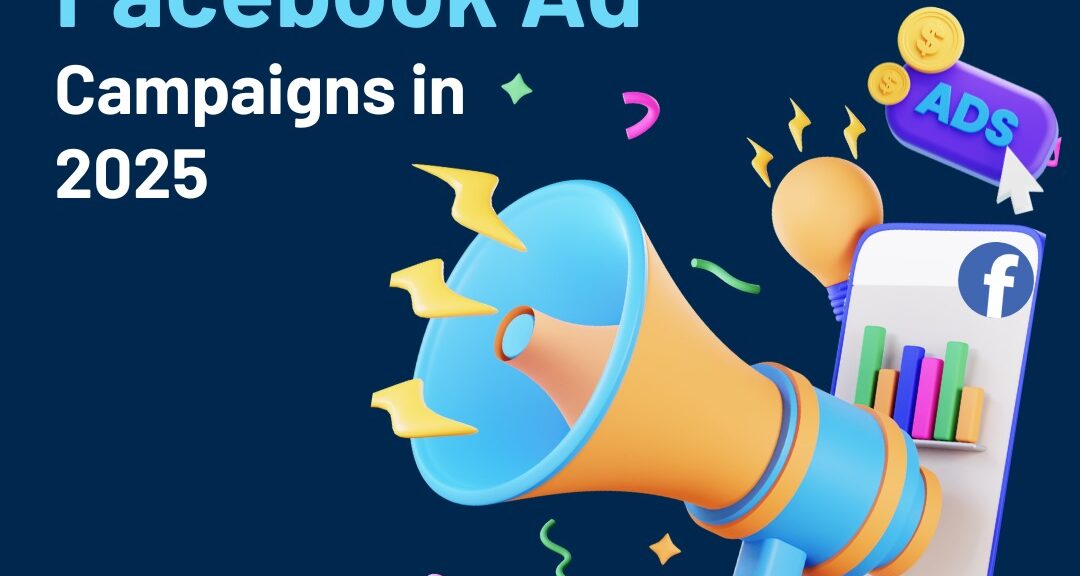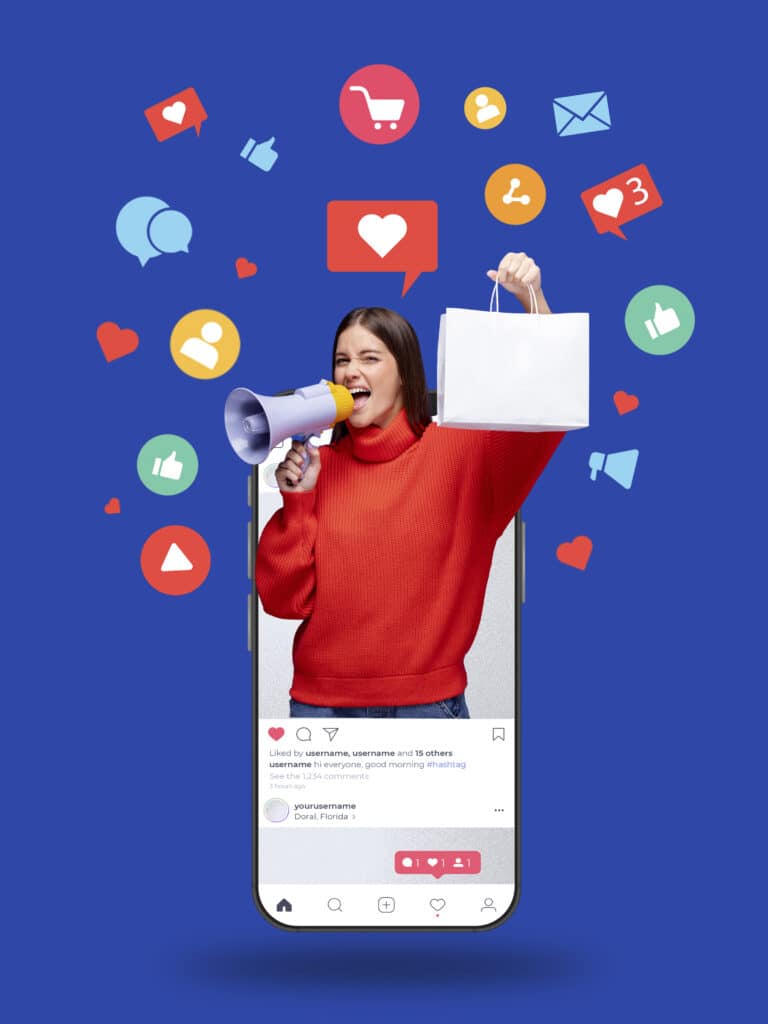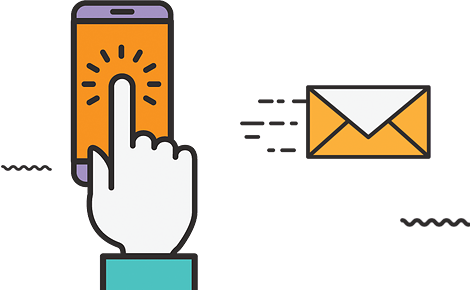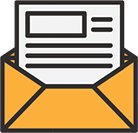
As Q4 ends and a new year begins, many advertisers cut back on spending or pause campaigns to strategize for the months ahead. Additionally, product demand typically decreases after the holidays. But does this really mean halting your Facebook Ads? We think not—and here is how to run effective Facebook Ads in 2025.

Why You Should Run Facebook Ads in January 2025
As advertisers, you already know that the time of year affects results. In fact, the fourth quarter is the most costly period for advertising as well as the most rewarding one in e-commerce. Consumers put money aside to accumulate wish lists under the holiday trees, so they actually tend to spend more during promotional periods.
Embracing these trends in increased competition and higher Cost Per Mille (CPM), e-commerce businesses are determined to take advantage of the opportunities. CPM is observed to rise along with competition, being at the highest during this period.
The CPM Opportunity
Most people think that January is one of the least expensive months for advertising. In fact, that’s not so. Many companies cease their ad activities-and ad competition, at least by numbers, dies down, resulting in diminished CPMs. However, don’t let the shifting product demand deter advertising activities. It’s actually the right time to test, collect data, and outshine competition.
An average Chinese meditating artist is shown at congestion points with peaks of $9.43 and troughs of $6.63 in early January. This trend implies a tremendous plunge in advertising prices after the holidays.
The decision not to run Facebook ads in January 2025 was a damaging error of judgment.
How to Audit Your Facebook Ad Account Setup
Ad setup can always stand to improve, no matter what experience you possess. So consider an audit of your ad accounts for maximum performance.
Indeed, the perfect Advertising Audit is exactly what the Shopify business owner needs when it comes to an express and efficient option. It’s a total of 12 tests for Facebook Ads plus 8 for Google Ads. If both are running, it offers a complete check on setups through the use of our app.

You’ll receive insights into passed and failed tests, along with guidance on rectifying any issues.
How to Set Up Your Facebook Ads for Success in 2025
Simplify Your Account Structure
A more efficient form of ad account structure is the simplified one. It should have ideally two campaigns: one for prospecting and one for retargeting. Each ad would contain three to five ads of ad sets.
Set an ad with a specific creative type for each ad set to ensure equal and proper testing. For testing, change only one variable at a time to get the real performance driver.
Facebook like structures can see deep diving into scaling up on our special series of blog postings.
Use the Conversion Objective
Selecting the correct campaign objective is vital. Always optimize this objective for conversions since the end goal is to drive purchases on your website. The alternative Traffic objective may attract poor-quality traffic since Facebook will be targeting those users that are most likely to click and not necessarily convert.
Choose “Purchase” as Your Conversion Event
Once you have selected Conversions as the objective for your campaign, specify the conversion event for the relevant Facebook Pixel. Select the Purchase event in order to identify and target individuals that are most likely to go ahead and complete a purchase.
Choose Conversions as Your Ad Set Optimization
Your ad set optimization should be in line with your campaign objectives. Optimizing for conversions means Facebook shows your ads to people most likely to convert, thus maximizing your return on ad spend.
Use Broad Targeting
However, while Lookalike Audiences and Interest targeting are very much favored, they have been outperformed by broader targeting over the last year. Narrow it to some countries while throwing away age, gender, or placement constraints, unless yours is something specific to a certain demographic.
With broad targeting, the algorithm’s focus is on optimizing ads with fewer restrictions.
Use Your Best Creative
January is a great time to experiment and find the best creatives.; Look at what your competitors are doing as a source of inspiration.
This Competitor Intelligence feature within your Shopify app reveals information about industry leaders, their live ads on Facebook and Google, and the keywords they are targeting, among other things. Such vital information would only help you to bolster your strategy.
Use Advantage+ Placements
Enable automatic placements rather than manual placements. Based on consistent performance, Advantage+ placements have led to lower customer acquisition costs and cost per-click than manual placements.
If you have been working with manual placements, try exploring the automatic placement mechanisms as they might prove more beneficial.
Use the Conversion API
If you haven’t integrated Facebook’s Conversions API with the Facebook Pixel yet, it’s high time you did! Two technologies working in tandem definitely improve tracking and attribution. The Shopify integration of the Conversions API is extremely smooth and quite easy to install. Setup instruction can be found in our article.
Set a Smart Budget Strategy for Scaling
Most significant mistakes that advertisers do are either scaling too slow or too fast. Run profitable Facebook Ad campaigns in the year of 2025 by starting with a limited but daily budget to collect statistically significant data (usually 50+ conversions per week per ad set). Once an ad set or creative works fine, scale slowly-either by raising budget 20% every 2-3days or else use horizontal scaling by duplicating ad sets into new campaigns.
For best results, allocate:
- 70% of budget to proven creatives
- 30% to testing new creatives or audiences
This approach protects your ROAS while still allowing growth.
Track KPIs That Matter — Not Vanity Metrics
To actually measure the success of your campaigns, you need to pay attention to the right Facebook Ads KPIs. Click-through rate (CTR), cost-per-click (CPC), and engagement will get you pretty far-but your key indicators should include:
- ROAS (Return on Ad Spend)
- CPA (Cost per Acquisition)
- Purchase Conversion Rate
- Customer Lifetime Value (LTV)
Utilize custom reports from Facebook Ads Manager or connect your data into Google Analytics to gain deeper insight. Also monitor performance metrics in creative ways to learn what drives performance rather than judging by the looks of it.
Final Thought
Are you ready to boost your Facebook ad campaign? Apply these tips and continually test to generate data for optimization.
If you have some queries or need assistance for your Facebook Ads, reach us out at info@digidervish.com or through our live chat. We are available to optimize your campaigns.



